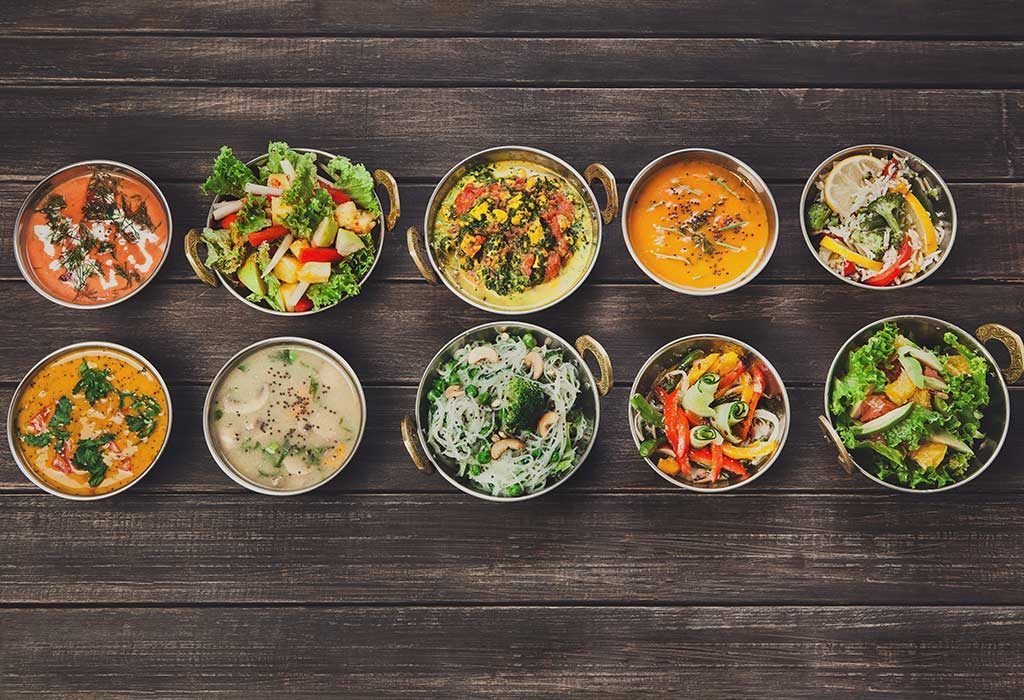Chaitra Navratri is a Hindu festival celebrated all around the world for auspicious 9 days. This year Chaitra Navratri is starting on 13th April and will continue till 21st April. It is celebrated twice a year as Sharad Navratri and Chaitra Navratri. Both Navratri’s symbolizes a change in the weather due to which our body becomes more vulnerable to diseases.
History
The first day of Chaitra Navratri is the full moon phase, also called shukla paksh. The first day of Chaitra Navratri also marks the commencement of the new year of the Hindu calendar. In different parts of the country, this Navratri is known with different names. In Maharashtra, it is celebrated as Gudi Padwa while in Kashmir it is known as Navreh. Despite different names all across the country yet this festival is celebrated with the same enthusiasm everywhere. Ram Navami is also a part of Chaitra Navratri and falls on the last day of this Navratri. Ram Navami is celebrated as the birthday of Hindu God Lord Rama considered as the seventh avatar of God Vishnu.
People usually fast during these 9 days or they keep it as beginning and ending that is on the first day and on the eighth day. Fasting is a very traditional way, yet it can have therapeutic value if you do it correctly. People consume “Satvik bhojan” (without onion, garlic, spices) and not the regular food for 9 days. Diet is planned in such a way that it detoxifies the body and helps us to adopt a new seasonal cycle. If you are going to fast this Navratri, here are some tips for a healthy diet.
Tips
Keep your body hydrated by drinking fluids such as coconut water, lemon water, fruit juice, and buttermilk, or just plain water.
Go for boiled or roasted meals like boiled potatoes, boiled pumpkin, roasted cashews, and foxnuts which is really healthy.
If you want to have namkeens, you can go for roasted nuts as your snacks. For salt, you can use sendha namak (rock salt) as it is the only salt meant to use for Navratri. It is good for your BP also.
You can have fiber-rich food like pumpkin, banana, and potato because they take a longer time to digest and keeps you full long-lasting.
What to eat in a day?
For breakfast, you can have a glass of coconut water or pumpkin halwa or singhade ka halwa made by boiling them and then frying them in ghee. Instead of refined sugar opt for jaggery for sweetness.
For lunch, you can have singhade (kuttu) ki puris or parathas with aaloo. This is a healthy meal because kuttu flour is rich in carbohydrates, protein, fibers, manganese, potassium. One can have salads too.
In the evenings, you can go for roasted nuts with rock salt as your namkeen snacks or any fruit juice.
While the lunch is heavy, dinner should be light. So, for dinner, you can make sabudana khichdi. Sabudana is helpful in constipation and gastric problems. Boosts gut bacteria too.
One should avoid overeating so that you don’t land up into digestion problems, everything you eat should be in moderation. At the same time do not stay hungry for a longer period, your body requires energy to do work. Keep having small meals at regular intervals. Drink enough water to keep yourself hydrated. The idea of Satvik bhojan is to make the body toxin-free, it is possible if we follow the right diet of the right quantity.

 This Navratri, detoxify your body with the balanced satvik bhojan.
This Navratri, detoxify your body with the balanced satvik bhojan.







.jpeg)











.jpeg)



.jpg)


.jpg)




.jpg)


